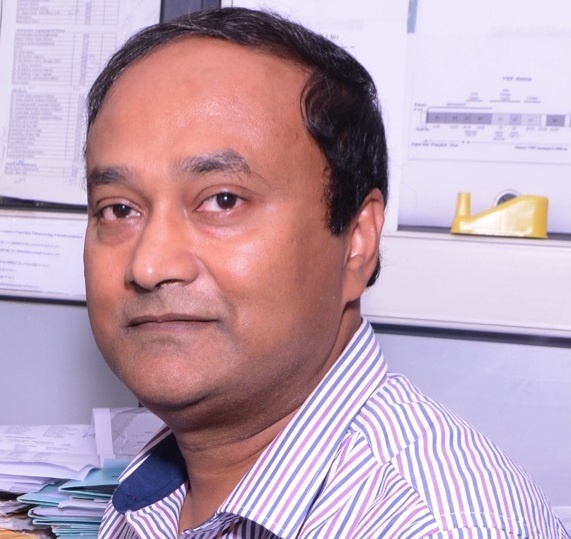
Professor
E-mail: prasenjit at rcb dot res dot in
Currently our laboratory is focused on elucidating the role of platelets and leukocytes, and their molecules in the pathogenesis of events such as hyper-coagulation, thrombosis and inflammation, and immune responses under various conditions such as
1) hemolytic diseases, 2) viral infections and 3) high-altitude hypoxia.
1) Hemolytic disorders: In hemolytic disorders such as in including aplastic anemia, paroxysmal nocturnal hemoglobinuria (PNH), hemolytic uremic syndrome (HUS), thalassemia and sickle cell disease (SCD) the free-hemoglobin (Hb) in plasma triggers many cytotoxic effects. We have described that the free-Hb activates the circulating platelets potently and promotes pro-thrombotic as well as hypercoagulative complications. The activated platelets and their cytokines further activate the leukocytes including monocytes, macrophages and neutrophils, and mediate the inflammatory complications. Further, we are elucidating the detail mechanism of the above using hemolytic mice as well as patients samples.
2) Viral infections: In dengue virus (DV) infection, the platelets play significant role in thrombocytopenia as well as regulate immune responses in patients. We have shown that the platelet activation by DV is a crucial determinant of the thrombocytopenia in patients. The highly activated platelets showed higher chances of clearance from circulation. We also have investigated that the platelet cytokines triggers the rapid replication as well as propagation of DV in host cells. Further, we are investigating the role of various platelet proteins, detected from our proteome data, in the pathogenesis of viral infections in general.
3) High-altitude hypoxia: The high-altitude hypoxia increases the risk of edema and intravascular clot formation among the sojourners (travellers). However the native highlanders including Tibetans are living normally at higher altitudes under even less than 40% pO2 pressure (compared to sea-level). Recently we have described that the novel mutations (C12G and G380C) in EGLN1 gene (which encodes Prolyl Hydroxylase-2 (PHD2), the negative regulator of hypoxia inducible factor (HIF)1α (which is the master sensor of oxygen in our body), supports the adaptation of the native Tibetans at high altitudes. Basically the gain-in-function mutations help in maintenance of normal erythropoiesis (production of red blood cells) in these highlanders. Further, we are studying the mechanism of crosstalk between platelets and leukocytes in developing the symptoms such edema in the absence of these mutations. Also we are studying the mechanism, in the presence of these mutations how the Tibetans are protected from hyper-inflammatory as well as hyper-thrombotic responses under extreme hypoxic conditions.
Dr. Prasenjit Guchhait
Associate Professor
Regional Centre for Biotechnology
NCR Biotech Science Cluster
3rd Milestone, Faridabad-Gurgaon Expressway
P.O. Box No. 3, Faridabad - 121 001
Haryana (NCR Delhi), India
E-mail: prasenjit at rcb dot res dot in
Phone: 91 129-2848821